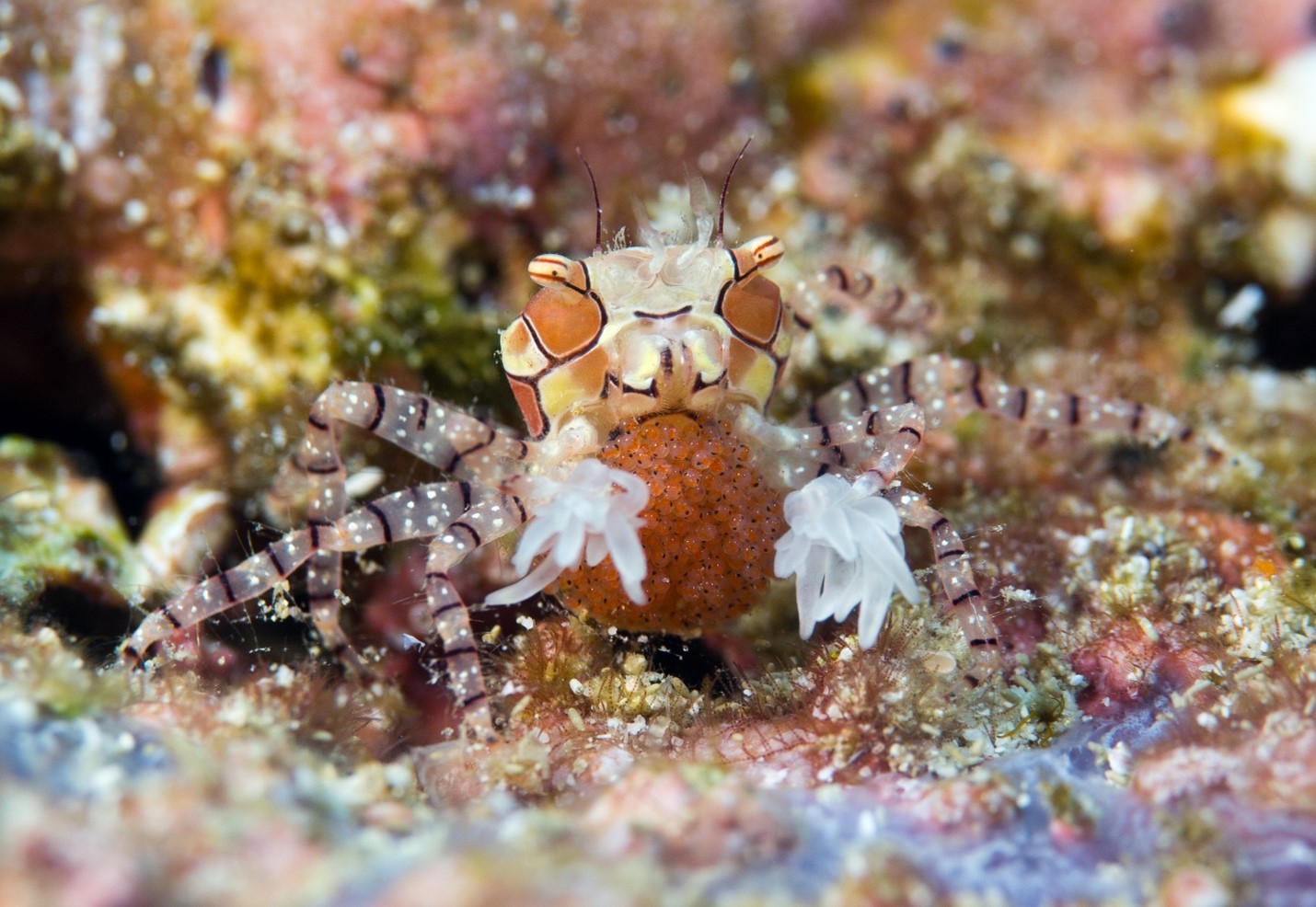Zoo Atlanta keeper, Daniel, discusses boxer crabs in his latest Keeper Stories blog post. Boxer crabs are small and adorable, and they carry a pair of small anemones in each claw, giving them their pom-pom name. While the crabs are often reported to swing the anemones at potential predators, the truth about why they carry them is much more complex and still being researched. One possibility is that the crabs use the anemones to passively collect food, while another is that they use them for visual signaling. The relationship between boxer crabs and their anemones is not just symbiotic, but potentially domesticated, and there are lots of unanswered questions about how they work together. Interestingly, some species of boxer crab carry pairs of small nudibranchs instead of anemones, which is a bizarre and unprecedented behavior.
The Fascinating Subfamily Polydectinae – Zoo Atlanta
Zoo Atlanta, one of the most popular zoos in the United States, is home to a wide variety of animals. Among them is the fascinating subfamily Polydectinae, which comprises several species of monkeys. These animals are renowned for their intelligence, social behavior, and adaptability. In this article, we will explore some of the unique characteristics and behavior of the Polydectinae at Zoo Atlanta.
The Polydectinae subfamily consists of several species of monkeys, including the black-handed spider monkey, the white-faced capuchin, and the woolly monkey. All three of these species reside at Zoo Atlanta, and visitors can observe them up-close in their natural habitats. These monkey species are known for their strong social bonds and are usually found in large groups. In the wild, these monkeys live in the rainforests of South and Central America and have adapted to their environment in interesting ways.
One of the most intriguing aspects of the Polydectinae is their intelligence. These monkeys have remarkable cognitive abilities and can use tools. For instance, in the wild, white-faced capuchins use sticks to extract insects from bark crevices or to crack open nuts. Visitors to Zoo Atlanta can see the same behavior in their own enclosures where they are given enrichment activities to stimulate their intelligence and encourage their natural foraging behaviors.
Another fascinating trait of the Polydectinae is their sociability. These monkeys live in large groups called troops and engage in various activities, such as grooming, play, and communication. At Zoo Atlanta, visitors can observe these social interactions up-close. The black-handed spider monkeys, with their black fur and long limbs, are especially known for their gymnastic abilities and can be seen swinging from tree to tree in their habitat. The woolly monkeys, native to the cloud forests of South America, have a distinct call to communicate with their troop!
In addition to their intelligence and sociability, the Polydectinae have also adapted to their environment in unique ways. For instance, woolly monkeys have a specialized digestive system that allows them to digest tough leaves and fibrous fruits. The white-faced capuchins, on the other hand, have adapted to living in dry areas by obtaining water from fruit rather than drinking from streams. These adaptations are a testament to the resilience and versatility of these monkeys, making them worthy of study for both animal enthusiasts and researchers.
Visiting Zoo Atlanta is a great way to learn more about the Polydectinae subfamily and observe these monkeys in their natural habitats. From their fascinating intelligence to their remarkable social behavior and unique adaptations, the Polydectinae are a reminder of the complexity and diversity of the animal kingdom. Next time you visit Zoo Atlanta, be sure to spend some time observing these intriguing animals and learning more about their fascinating world!


